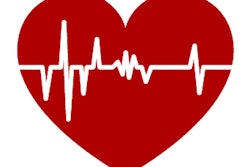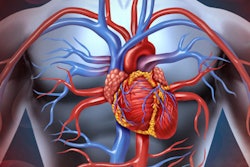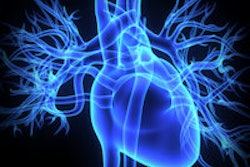
Appropriate use criteria for coronary revascularization have been effective in reducing the number of inappropriate percutaneous coronary intervention (PCI) procedures performed, according to a new study published in the Journal of the American Medical Association.
In 2009, the American College of Cardiology (along with other professional societies, including the American College of Radiology) released appropriate use criteria for coronary revascularization to improve patient selection for PCI, also known as coronary angioplasty. But how those criteria have affected the use of the procedure had not yet been explored, wrote a group led by Dr. Nihar Desai of Yale University.
"Despite the attention that the appropriateness of PCI has received, there has been no comprehensive, national examination of trends in the indications, patient characteristics, and appropriateness of PCI procedures after the introduction of the appropriate use criteria," Desai and colleagues wrote.
To remedy this, the researchers used data from the National Cardiovascular Data Registry's CathPCI registry to examine PCI use trends. The primary study cohort included 2.7 million PCI procedures conducted at 766 hospitals across the U.S. between July 2009 and December 2014. Of the procedures included in the study, 76.3% were for acute indications, 14.8% were for nonacute indications, and 8.9% were for uncertain ones (JAMA, November 9, 2015).
Overall annual PCI volume decreased 15% over the study period, from 538,076 in 2010 to 456,507 in 2014, Desai's group found. The percentage of nonacute PCIs classified as inappropriate decreased by almost half, from 26.2% in July 2009 to 13.3% in December 2014, and those nonacute PCIs deemed appropriate increased from 30.1% to 53.6%.
Those patients who underwent nonacute PCI had symptoms and characteristics that suggested the procedure would be appropriate: significant increases in angina severity, use of antianginal medications prior to PCI, and high-risk findings on noninvasive testing, according to the researchers.
"We observed significant declines in the proportions of patients undergoing nonacute PCI who were asymptomatic or had minimal symptoms; who were not receiving or receiving only minimal antianginal therapy; and who had low- or intermediate-risk findings on noninvasive testing," the group wrote.
The team's analysis suggests that reductions in inappropriate PCI reflect improvements in patient selection and clinical decision-making, as well as better documentation of the key elements used to determine procedural appropriateness, Desai and colleagues concluded.
"These findings may indicate that clinicians are doing a better job of identifying and limiting nonacute PCI procedures to those patients most likely to benefit from revascularization," they wrote.




















